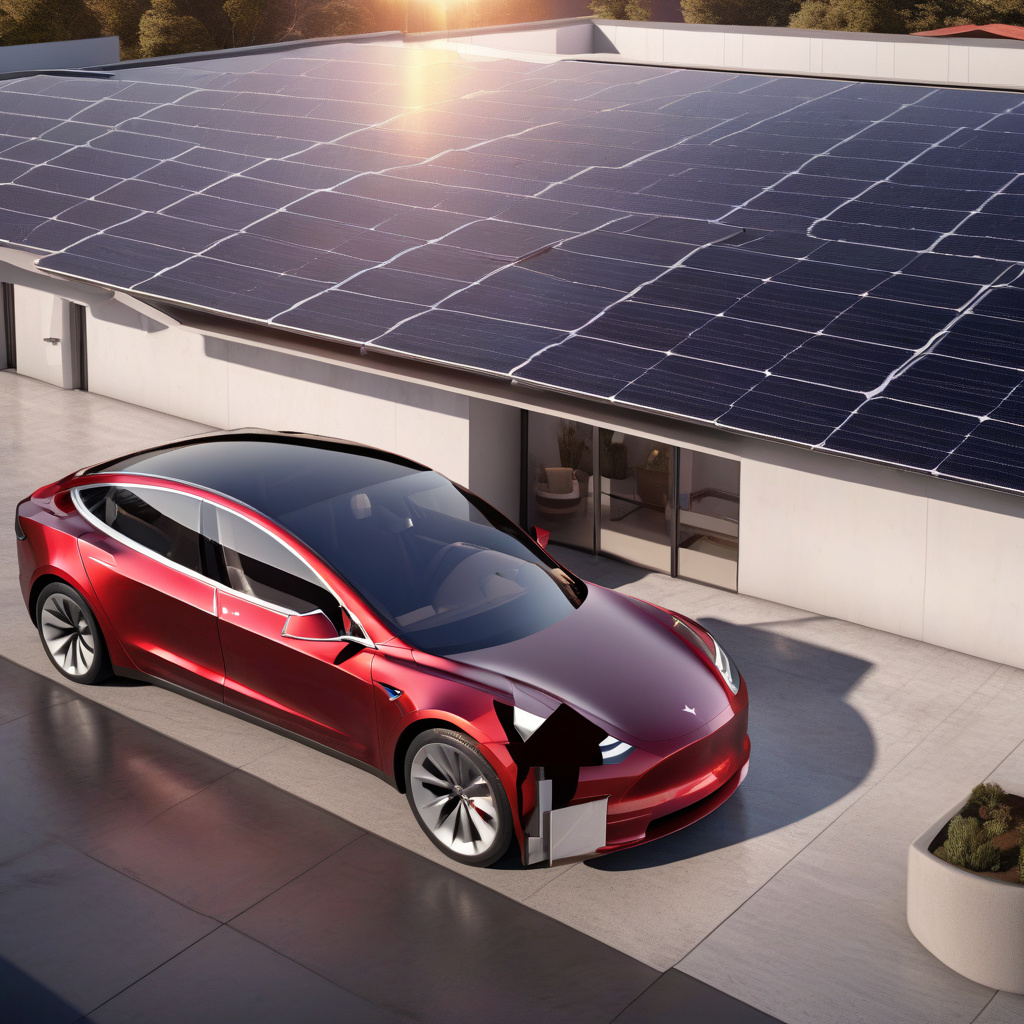Tesla’s Energy Generation and Storage Business May Suffer From Trump’s Tariffs
Tesla has established itself as a leading name in the energy generation and storage sector, showcasing impressive growth in recent years. However, as the company looks towards future quarters, it faces significant challenges that could impact its performance. One of the most pressing issues is the potential effect of tariffs implemented during the Trump administration, which may impede the momentum Tesla has built in its energy segment.
The growth of Tesla’s energy generation and storage business has been nothing short of remarkable. The company reported a substantial increase in revenue from its energy products, including solar panels and battery storage solutions. This growth can be attributed to heightened consumer interest in renewable energy and the increasing demand for efficient energy storage systems. For instance, Tesla’s Powerwall, a home battery product, has gained traction among homeowners seeking to utilize solar energy more effectively and reduce reliance on the grid.
However, analysts are warning that the next quarter may not mirror this upward trajectory. The introduction of tariffs on imported goods, which was a hallmark of Trump’s economic policy, poses a significant threat to Tesla’s energy segment. These tariffs primarily target solar panels and other components essential for energy generation. With the cost of materials rising due to these tariffs, Tesla may face increased production costs, which could lead to higher prices for consumers. Higher prices might stifle demand, ultimately resulting in a downturn for Tesla’s energy business.
Moreover, Tesla’s competitors are also feeling the impact of these tariffs. Companies that rely on the importation of solar technology are likely to pass on these costs to consumers, making alternative energy solutions more expensive. This could create a challenging environment not only for Tesla but for the entire renewable energy sector. If consumers perceive solar energy products as prohibitively expensive, they may opt for traditional energy sources, hindering the progress made towards sustainable energy solutions.
A pertinent example of how tariffs can impact the solar energy market can be found in the case of Suniva, a solar manufacturer that filed for bankruptcy in 2017. Suniva argued that foreign-made solar panels were being sold at unfair prices due to government subsidies. The resultant tariffs aimed to protect domestic manufacturers but inadvertently led to increased prices for consumers. This situation mirrors what Tesla may encounter if tariffs persist, as rising costs could deter potential customers from investing in solar technology.
The implications of these tariffs extend beyond consumer pricing; they also affect Tesla’s financial performance. If the energy generation and storage sector experiences a decline in sales, it could impact the overall revenue of the company. Investors closely monitor Tesla’s ability to innovate and adapt to market changes. A downturn in the energy segment could raise concerns about the company’s long-term growth potential, potentially affecting stock prices and investor confidence.
Additionally, Tesla has invested heavily in expanding its manufacturing capabilities to meet growing demand. The Gigafactory, located in Nevada, is designed to produce battery packs on a massive scale, but the effectiveness of this facility could be undermined if the price of raw materials increases due to tariffs. Tesla has touted the vertical integration of its supply chain as a competitive advantage, but this advantage could be jeopardized if the costs of essential components inflate substantially.
In response to these challenges, Tesla may need to explore alternative strategies to mitigate the effects of tariffs. For example, the company could consider shifting some of its production closer to markets it serves, thereby minimizing the impact of tariffs on imported goods. Furthermore, Tesla could invest in research and development to innovate new, cost-effective energy solutions that are less reliant on imported materials.
In conclusion, while Tesla’s energy generation and storage business has seen significant growth, the looming threat of tariffs introduced during the Trump era raises concerns for the upcoming quarter. The potential for increased costs, coupled with a possible decline in consumer demand, could lead to a challenging environment for Tesla’s energy segment. As the company navigates these hurdles, it will need to remain agile and proactive in its approach to ensure its position as a leader in the renewable energy market.
#Tesla #EnergyStorage #Tariffs #RenewableEnergy #BusinessChallenges
